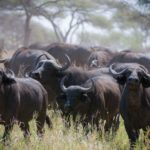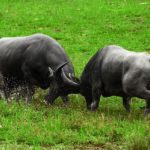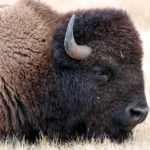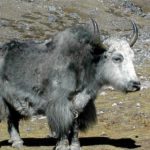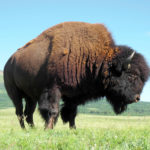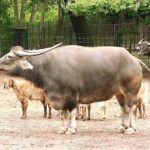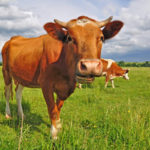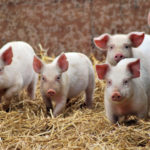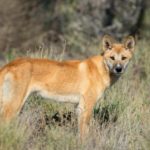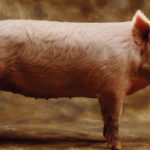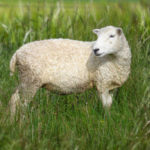Interesting facts about buffaloes
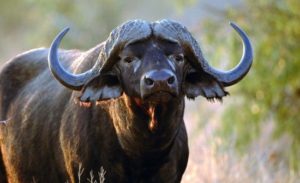 Amazing buffalo animals are just like ordinary bulls and cows. Of course, they have connections related to them from the point of view of biology, but there are still enough differences between them. So, they live in places in which ordinary cows are unlikely to survive, so in some countries, domesticated buffaloes are very common animals in agriculture, which are grown for milk and meat.
Amazing buffalo animals are just like ordinary bulls and cows. Of course, they have connections related to them from the point of view of biology, but there are still enough differences between them. So, they live in places in which ordinary cows are unlikely to survive, so in some countries, domesticated buffaloes are very common animals in agriculture, which are grown for milk and meat.
Their closest relatives are American bison.
In the wild, buffaloes live only in Africa, Asia and Australia. They were once brought to Australia from India, and since then they have widely bred there.
In the Philippines, the last few hundreds of Tamarau, Filipino buffaloes that are on the verge of extinction, live in a national park.
Buffalo milk tastes like cow milk.
In size, buffaloes surpass ordinary bulls, reaching weights of up to 1-1.2 tons, body lengths up to 3 meters and height at withers up to 2 meters.
Some buffaloes have horns, like males, though not so impressive.
In the middle of the last century, wild Asian buffaloes lived in Malaysia, but now they are no longer there.
Only Asian buffalo are domesticated. African still live exclusively on the outside.
These animals can be dangerous. In their habitat in some African countries, they kill more people than any large predator other than crocodiles.
Wounded buffaloes sometimes pretend to be dead, and then suddenly attack a carelessly approaching hunter.
Up to 70% of the diet of wild Asian buffalo is aquatic vegetation.
Buffalo pregnancy lasts 10-11 months.
These animals have poor eyesight, but an excellent sense of smell, which allows them to immediately detect the threat, if, of course, the direction of the wind allows.
The total length of the horns of an adult buffalo sometimes exceeds 2.5 meters, and the distance between the horns can reach 1.2 meters.
In many works of Ernest Hemingway, the hunt for African buffalo is described in detail.
At short distances, buffaloes can reach speeds of up to 50 km / h.
These animals usually prefer to flee from danger, but the males often attack the enemy themselves, protecting the herd.
Newborn buffaloes are able to stand on their own feet 15-20 minutes after birth.

